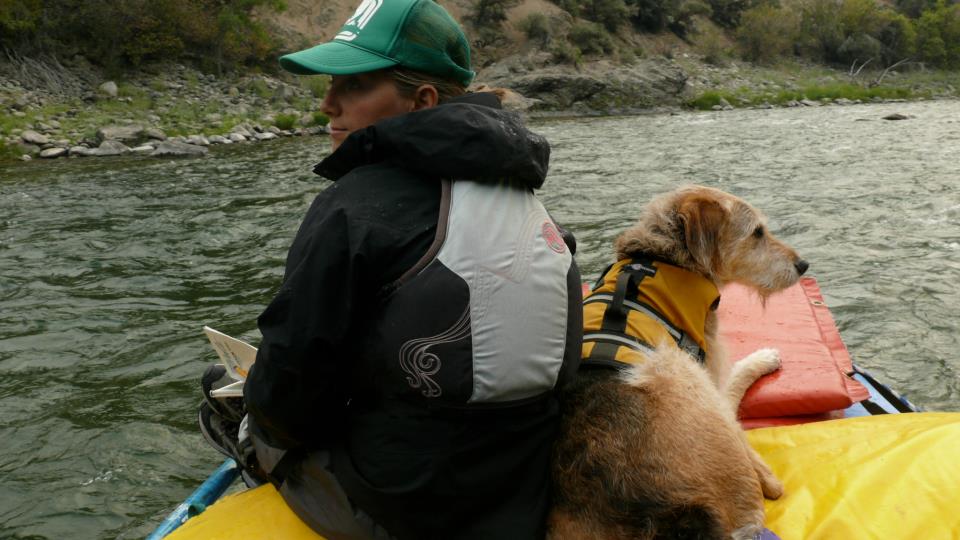
Myles and I pondering strath terraces, Chinook salmon spawning habitat and predicting grain size distributions at different scales. Myles is actually quite the intellectual.
“Have I ever told you how much I LOVE my job!?” This phrase may be a little over used in my world, but who cares, it’s true. I was able to book end my summer field work with two float trips down the Middle Fork of the Salmon River, and one trip sandwiched in the middle. So it was a hat trick, a trifecta, a tripple crown. Whatever you prefer to call it, it came in threes: three trips down the river, three different seasons, three different flows, three different purposes all rolled into one – science, adventure, fun. (Actually there are more of the later, but three seemed to fit the theme, so I chose the best ones.)
Yes, I love my job (it’s actually better to call it my career and my life, but enough bragging). Here are some highlights from the trips:
– I flew into Indian Creek to launch my first multi-day self-support kayak trip on my birthday. High danger of wood on the Marsh creek section was a bit too much to stomach for this initial trip. In other words, I chickened out. But that ended up being the best plan because I got a chance to see just how many debris-flow channels are chocked with large woody debris (LWD). Signal new science questions and plotting the next trip. The river was nearly at peak flow (7ft on the MF Lodge Gage). LWD jams that I had mapped the summer before, and contemplated how active they were at higher flows, were nearly overtopped by the flow. It gives a certain perspective when you float by a huge wood jam in a tiny little kayak at 10 MPH. Yes, they are active.
– The second trip in July entertained ideas about strath-terrace formation and relation to longitudinal-profile evolution, some recon for work on debris flows and wood supply, and relaxation in the sun after a month of rainy field work in Scotland.
– Trip number three. Save the best for last. Nate (husband), Myles (best dog in the world) and I floated the 100 miles of wilderness river in a raft with just us. We surveyed grain-size distributions and mapped wood jams in Pistol Creek – a recently burned tributary 22 miles from the launch at Boundary Creek.